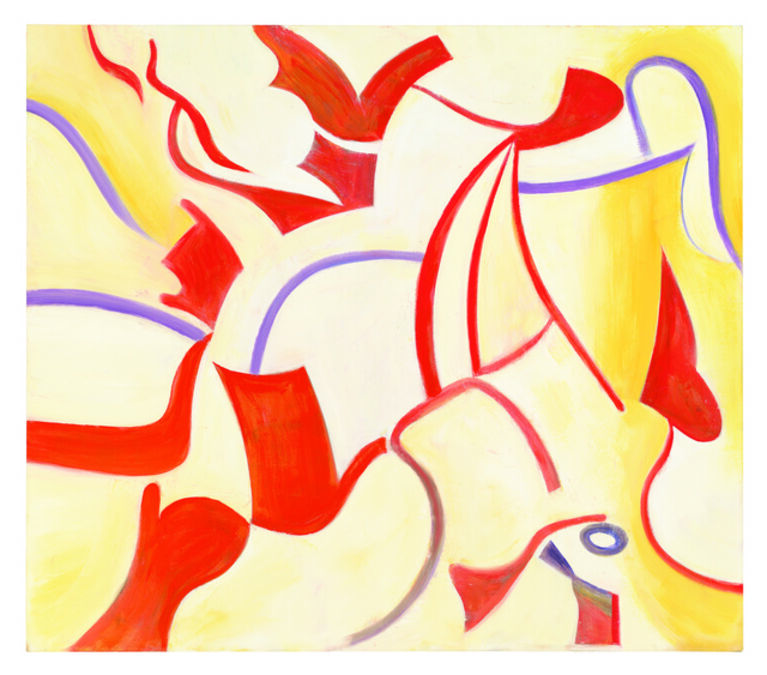De Kooning was born in Rotterdam in 1904 into a broken family. From 1916 to 1920 he worked for an art dealer and took classes at the art academy in the evenings. He thought painting was something for old men, but at the same time wanted to understand the true nature of the medium of painting. In 1926 he left for America illegally by working in the engine room of the ship sailing to America. For the first eight years in America he worked as a graphic artist and house painter. From 1930 onwards he shared his studio with the artist Arshile Gorky from Armenia and often visited the MOMA, which opened its doors in 1929.
In 1937 he received a major commission: to produce a 27-meter-long mural for the Apothecary's Pavilion at the World's Fair in New York under the direction of Fernand Léger. De Kooning avoided a strict separation between abstract and figurative.
He is developing more and more as an artist. In his early period, De Kooning worked both figuratively and abstractly. From about 1928 he began painting still lifes and figures that combined elements of the Paris School and Mexican influences. In the early 1930s he began experimenting with abstract forms - a major contrast to his later work. This early work contains strong influences from Graham and Arshile Gorky and reflects the influence that Pablo Picasso and the surrealist Joan Miró had on these young artists. In the 1940s, his style increasingly developed in the direction of abstract expressionism with a large painting gesture, abrupt, spontaneous brushstrokes and sometimes almost aggressive-looking images. He himself hated the concept of painting style. Other painters in this art movement included Jackson Pollock, Mark Rothko, Barnett Newman and Clyfford Still.
In 1946, when he was too poor to buy painter's paint, he switched to black and white household enamels and made Light in August (1946) and Black Friday (1948), largely black with white elements, while Zurich (1947) and Mailbox (1947-48) white and black. Willem de Kooning was considered a great talent among insiders, but was also seen as someone who could not finish his paintings. After his first exhibition at the Charles Egan Gallery in New York, complex, exuberant abstractions emerged, such as Asheville (1948-49), Attic (1949), and Excavation (1950), which again contained color.


In the early 1950s he also made other paintings of women, all of which were inspired by the classic image of the primal woman. Reason had failed during the interwar period. Art was the answer by seeing everything up close again. The thick paint acts as meat to press the viewer into the painting. An exhibition of these works in 1953 caused a stir because they were figurative, while his colleagues produced abstract work. That was his big break and his money worries were instantly over.

Woman 1, 1950
From 1955 onwards he seemed to focus on the symbolic aspect of women, as suggested by the title of the painting Woman as Landscape, in which the figure is almost swallowed up by the abstract background. After 1955 he renounced all figurative elements. In the 1980s he painted wavy lines and transparent surfaces. The light plays a more important role in his work with lighter colors and especially a lot of white. His compositions gradually become more serene in nature.
From 1969 onwards, De Kooning also started making clay sculptures by kneading small pieces of clay with his eyes closed. This can be traced back to his way of sketching, which he also did with his eyes closed. His gallery owner later urged him to have the images enlarged. De Kooning regarded the sculptures as three-dimensional painting.


The Priviliged, 1985
